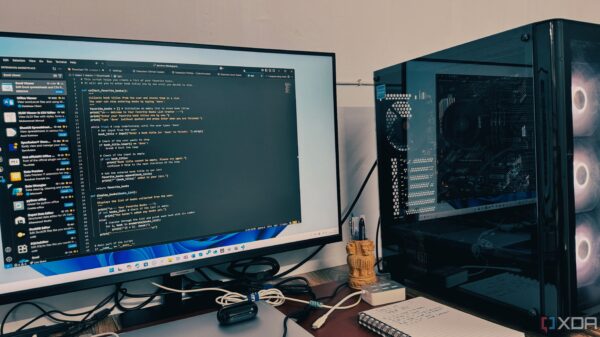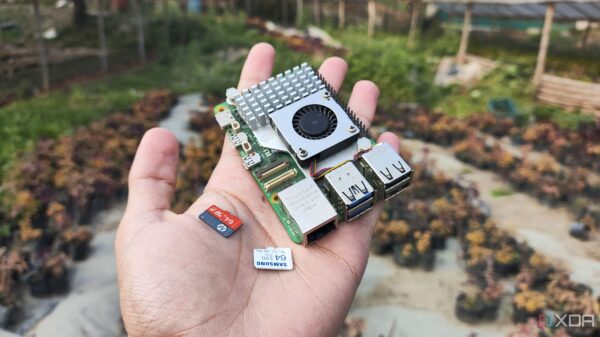A research team at the University of Alberta has identified a crucial role for brain molecules known as gangliosides, which could lead to new treatment strategies for Huntington’s disease and other genetic neurological disorders. Their findings, published in the journal Science Advances, reveal that gangliosides are essential for the formation and release of extracellular vesicles, which facilitate cell communication and waste disposal.
Principal investigator Simonetta Sipione, a professor of pharmacology, noted, “Our recent study has uncovered a quite unexpected role for these fascinating molecules that are half fat and half sugar.” This discovery not only enhances the understanding of disease mechanisms but also highlights potential therapeutic targets. Previous research from Sipione’s lab established a link between low levels of gangliosides and the symptoms of Huntington’s disease, but the exact roles these molecules play remained unclear.
Research has shown that restoring the ganglioside called GM1 can reverse symptoms of Huntington’s in mice. Approximately one in every 7,000 Canadians is affected by this genetic brain disorder, which manifests through a combination of physical, mental, and emotional symptoms, according to the Brain Canada Foundation. The disease is caused by the misfolding and accumulation of the mutant huntingtin protein inside brain cells, leading to cell dysfunction and death.
The study reveals that low levels of gangliosides are not only problematic in Huntington’s disease but also in Parkinson’s disease and other hereditary neurodegenerative diseases. Sipione stated, “When gangliosides are low, the vesicle-mediated cell communication and clearance system doesn’t work properly.” This dysfunction allows harmful proteins to accumulate, further driving neurodegeneration.
Looking ahead, Sipione aims to explore the underlying mechanisms of gangliosides to evaluate their clinical potential. “We are still working to understand the full picture of how gangliosides protect the brain and how they might be used as restorative therapies in neurodegenerative diseases,” she remarked. Collaborations with a biotech company are underway to assess the feasibility of future clinical trials.
While gangliosides can be synthesized or extracted from the brains of animals used for meat consumption and have been utilized in therapies for other conditions, they are not currently approved for use in North America. A significant challenge lies in delivering these molecules across the blood-brain barrier, which restricts their entry into the brain. Sipione suggested that alternative delivery methods, such as nanoparticles, nasal sprays, or spinal injections, may be necessary to ensure effective brain delivery.
For further details, refer to the study by John Monyror et al., titled “Gangliosides modulate the secretion of extracellular vesicles and their misfolded protein cargo” in Science Advances (2025), DOI: 10.1126/sciadv.ady5212.







































































